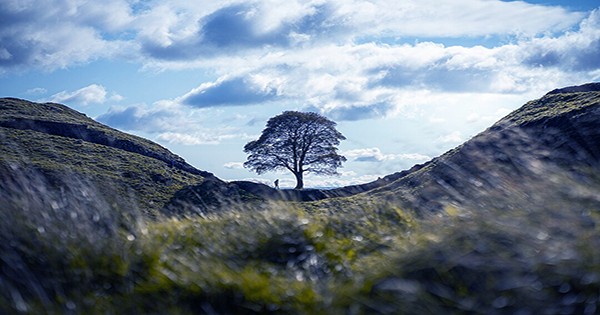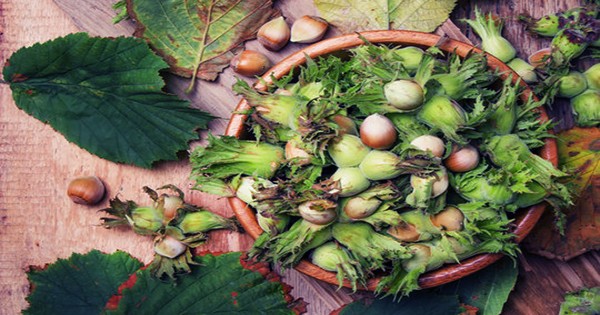What would we observe if we could stand in a terrain familiar to our Mesolithic ancestors? Scientists have developed a method for examining conserved hazelnut shells to determine whether the microhabitats surrounding archeological sites were densely wooded or open and pasture-like. This might help us comprehend not just what a local ecosystem was like thousands of years ago, but also how humans have changed their environments over time.
“By analyzing the carbon in hazelnuts recovered from archaeological sites in southern Sweden, from Mesolithic hunter-gatherer campsites to one of the largest and richest Iron Age settlements in northern Europe, we show that hazelnuts were harvested from progressively more open environments,” said Dr. Amy Styring of the University of Oxford, lead author of the article in Frontiers in Environmental Archaeology.
Neolithic Nutella
For thousands of years, humans in northern Europe have relied on hazel trees for goods and sustenance. For the individuals who collected hundreds of hazelnuts discovered at Mesolithic and Neolithic sites, they were a significant resource.
“The nuts are an excellent source of energy and protein, and they can be stored for long periods, consumed whole or ground,” said Dr. Karl Ljung of Lund University in Sweden, the article’s senior author. “The shells could also have been used as a fuel.”

Hazel trees, like other plants, contain carbon in various forms called isotopes. The carbon dioxide concentration ratio between leaf cells and the outside environment influences the proportions of the various carbon isotopes. In plants like hazel, this ratio is highly influenced by sunshine and water availability; when water is abundant, like in Sweden, sunlight has a considerably greater impact on the ratio. Where there are fewer competing trees for sunlight and photosynthetic rates are higher, hazels will have higher carbon isotope levels.
“This means that a hazelnut shell recovered on an archaeological site provides a record of how open the environment was in which it was collected,” Ljung went on to say. “This in turn tells us more about the habitats in which people were foraging.”
Gathering information
To see if this effect can be seen in archaeological samples, the researchers collected hazelnuts from trees growing in varying light levels at three locations in southern Sweden and analyzed the variation in their carbon isotope values, as well as the relationship between these values and the light levels to which the trees were exposed.
They next looked at the carbon isotope levels of hazelnut shells from other archeological sites in southern Sweden. They chose shell fragments from four Mesolithic sites and eleven sites dating from the Neolithic to the Iron Age, some of which had been inhabited more than once.
Using the reference values and archaeological data, the archaeologists ran a model to categorize their hazelnut samples as closed, open, or semi-open. Because the carbon isotopes of an individual hazelnut would naturally differ from those of other hazelnuts growing in comparable conditions, the scientists collected many samples from each site and calculated the fraction of hazelnuts grown in closed or open habitats.
Increasing changes
The scientists discovered that nuts from the Mesolithic were obtained from more restricted habitats, whereas nuts from more recent times were collected in more open areas. By the Iron Age, the majority of the hazelnuts obtained for this research had come from open regions rather than woods. Their microhabitats had been substantially altered. This is compatible with pollen-based environmental reconstructions, although isotope analysis can help depict a local environment where pollen records are limited.
“Our study has opened up new potential for directly tying environmental changes to people’s foraging activities and reconstructing the microhabitats that they exploited,” he added.
“We want to directly radiocarbon date and analyze the carbon isotopes of hazelnut shells from a broader range of archaeological sites and situations. This will give a far more thorough insight into ancient forests and landscapes, allowing archaeologists to better understand the influence of people on their environment and maybe influencing how we think about woodland usage and change now.














